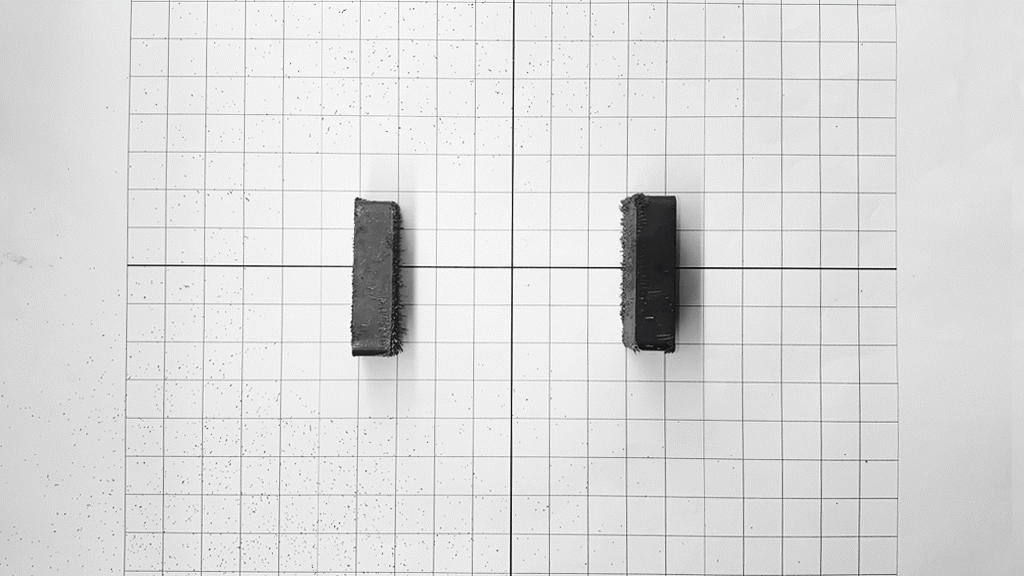SELF SUFFICIENT BUILDINGS
ENVISIONING ENERGY// MAGNETISM
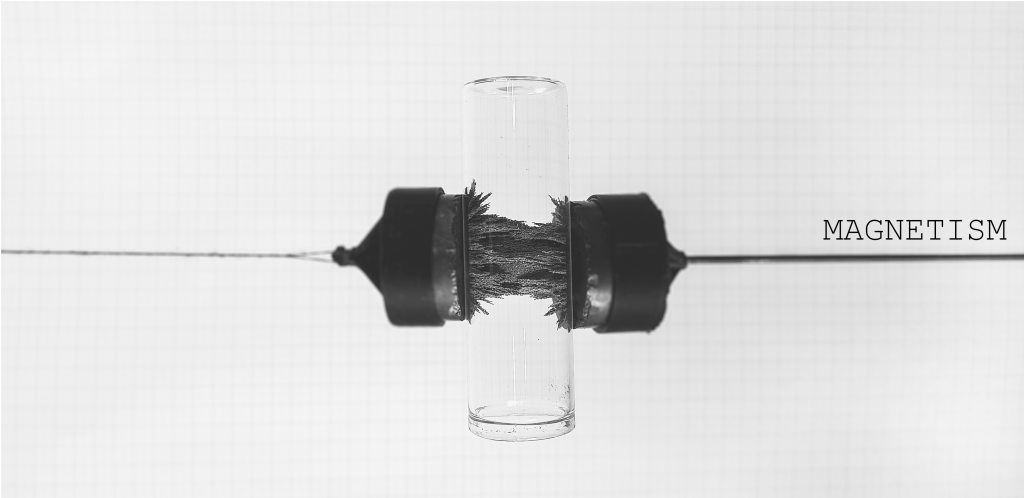
“Magnetism” is a project that observes the motion produced in a ‘field’ of magnets, by a combination of magnetic forces and wind. The non-contact properties of magnetic forces allows for a transfer of energy across open and confined spaces. The objective is to achieve maximum amount of motion for extended duration with minimum input energy thereby transferring the wind energy from nature to a controlled environment with the use of magnets.
In observing the properties of magnets, the magnetic fields produced between like and opposing poles, the attractive and repulsive forces, it was determined that repulsion prolonged the deviation in the system.
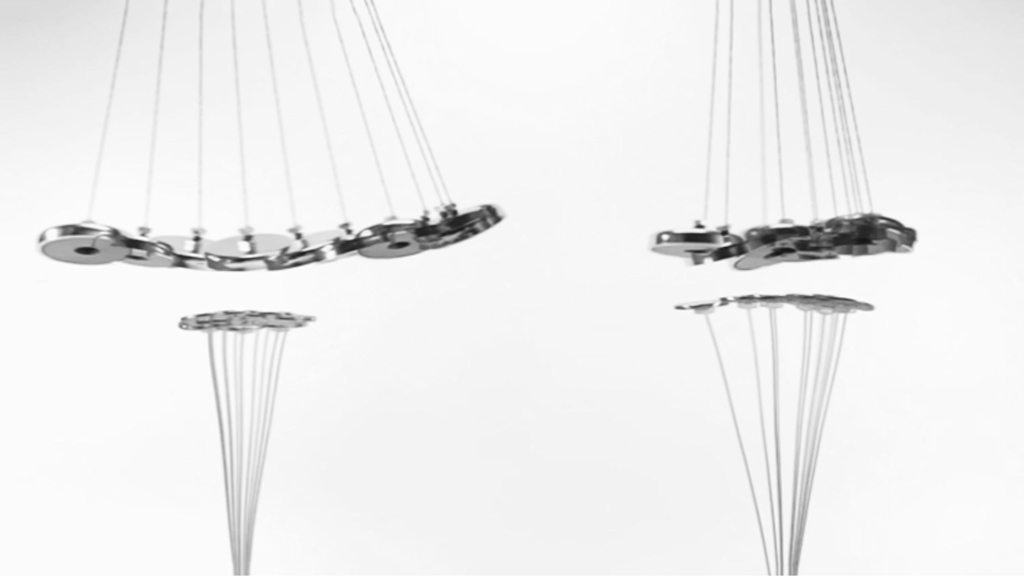
A series of experiments and tests were conducted to design the optimal setup to maximize the time period of the displacement. The following parameters were derived.
EXPERIMENT 01: LENGTHS OF COMPONENTS
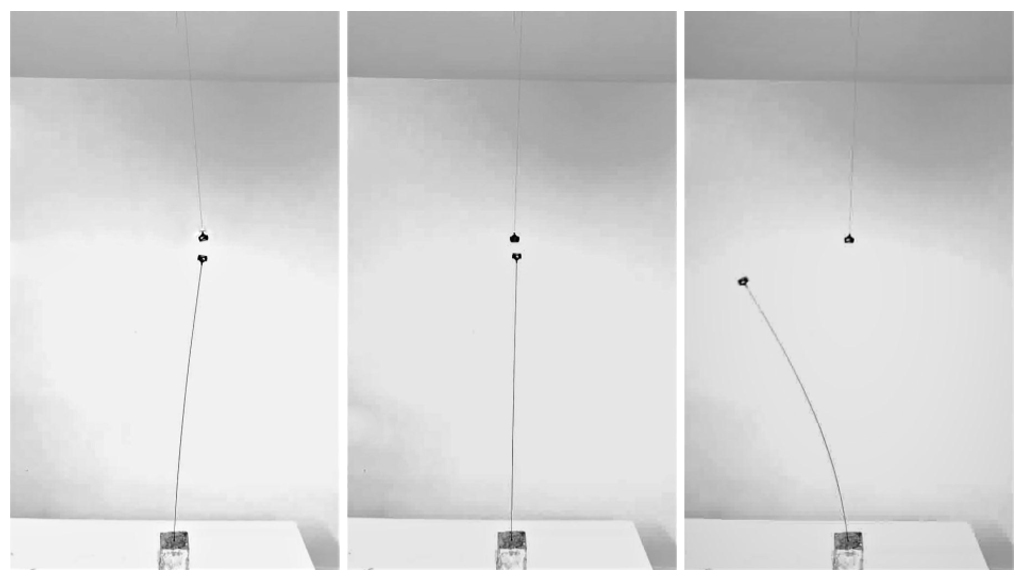
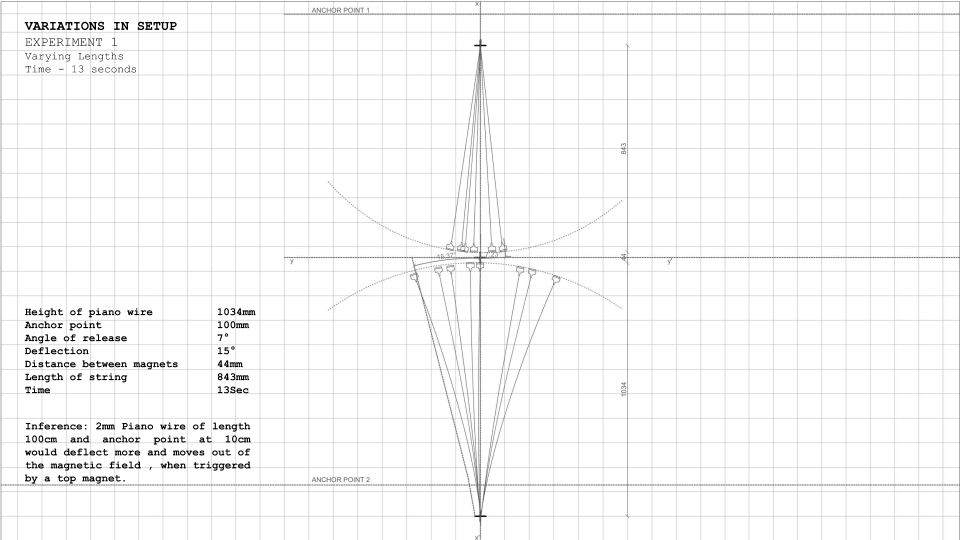
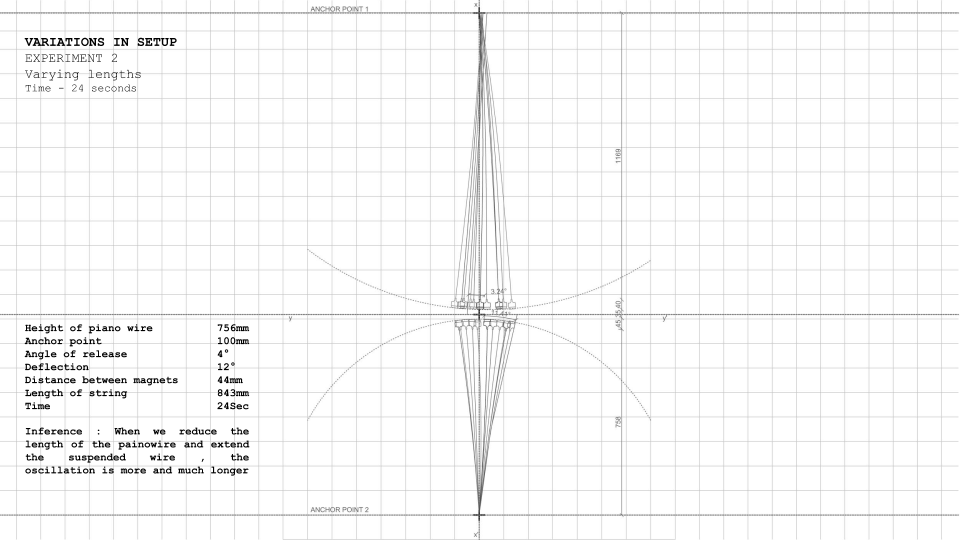
EXPERIMENT 03 : STRENGTH AND REACH OF MAGNETS
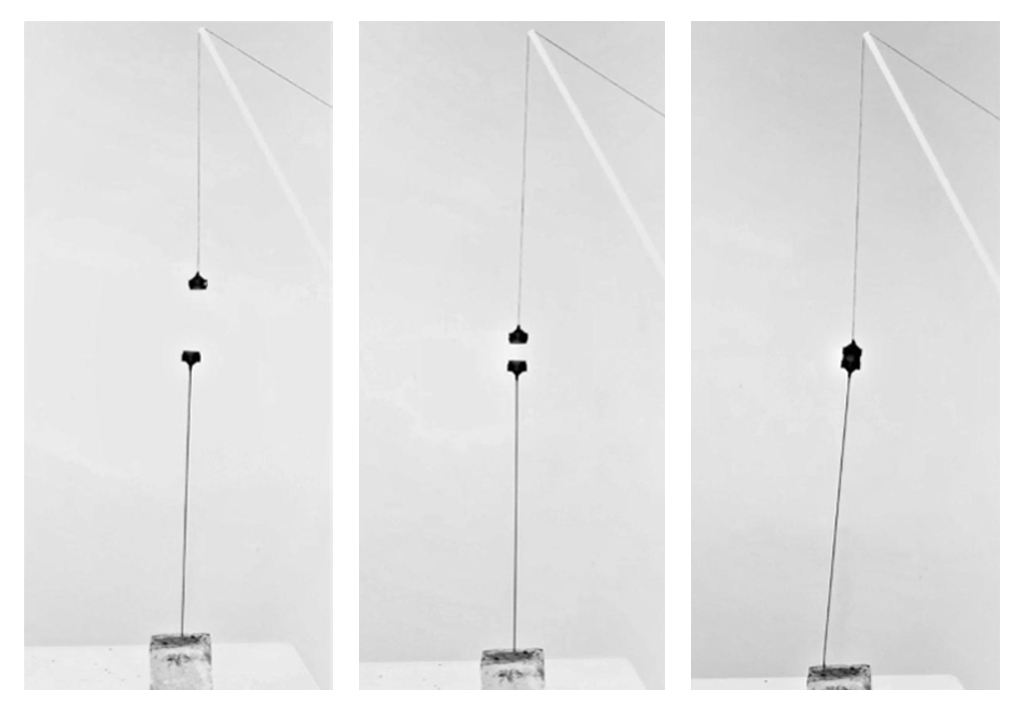
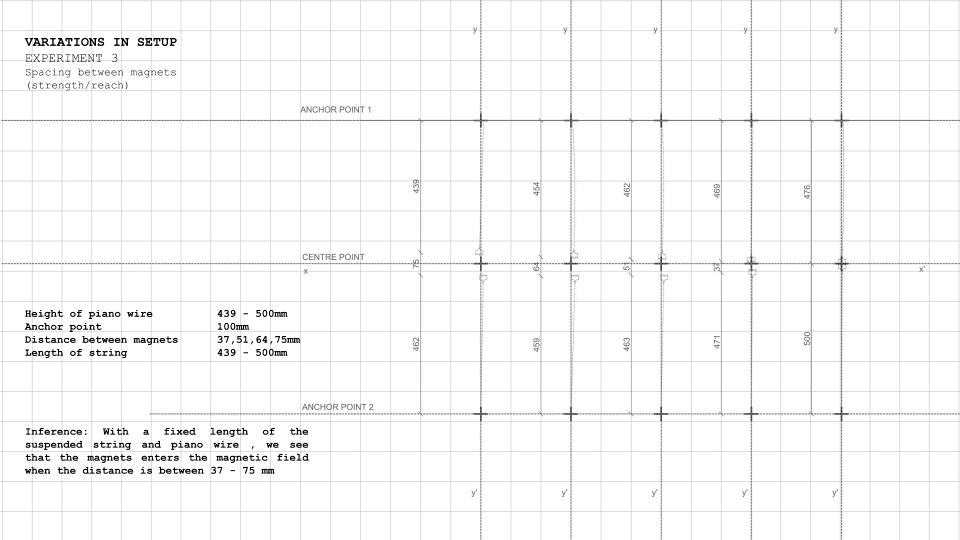
EXPERIMENT 04 : TYPES OF MAGNETS
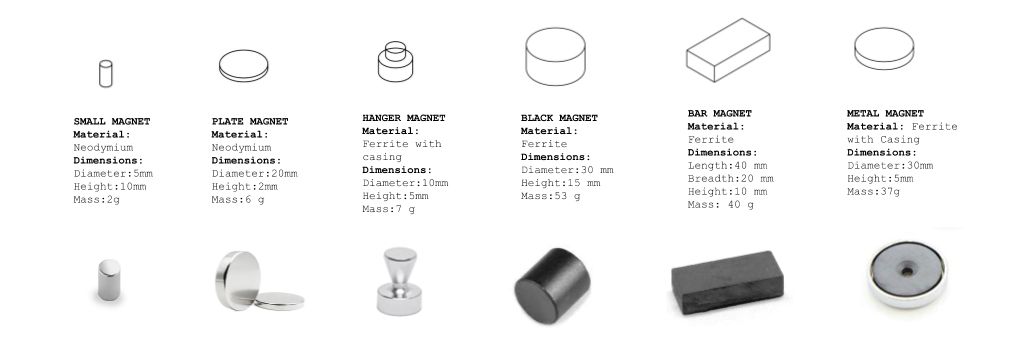
PATHS OF DIFFERENT MAGNETS
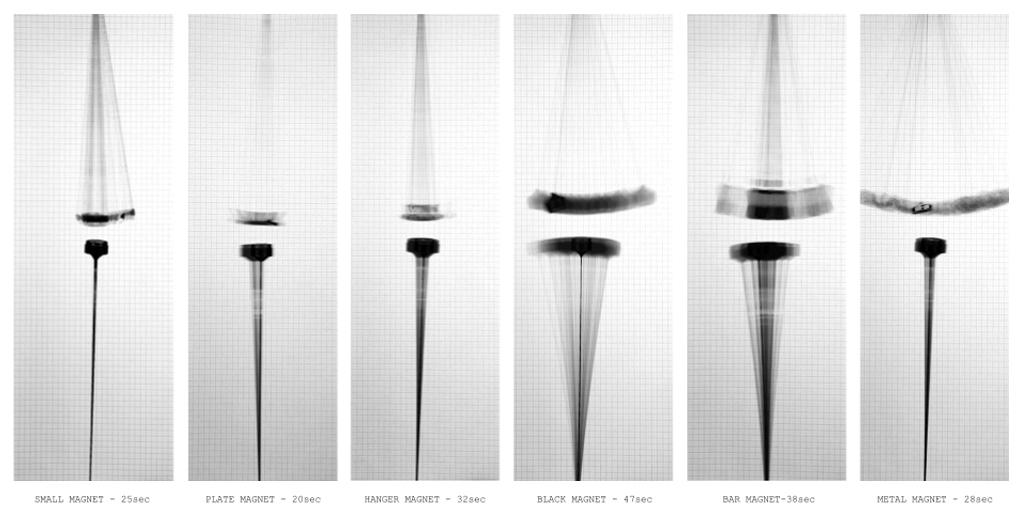
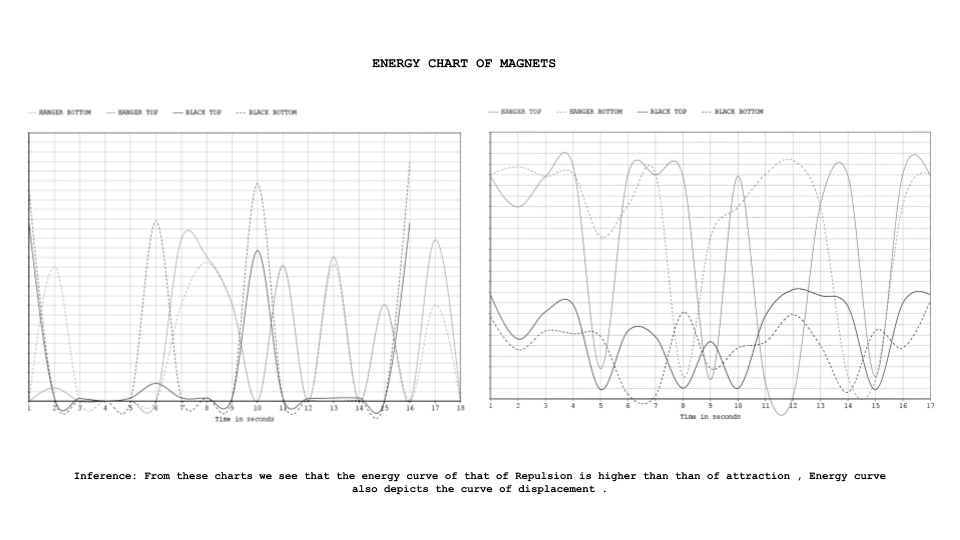
</p>
CONTEXT
The idea was to trigger the suspended magnet using wind energy flowing in urban environment as the differences in pressure between two buildings or between the outside and inside of a space allows for a more constant and controlled direction of flow, and has greater force. In looking at this we chose to implement our machine in an high rise building within an urban context.
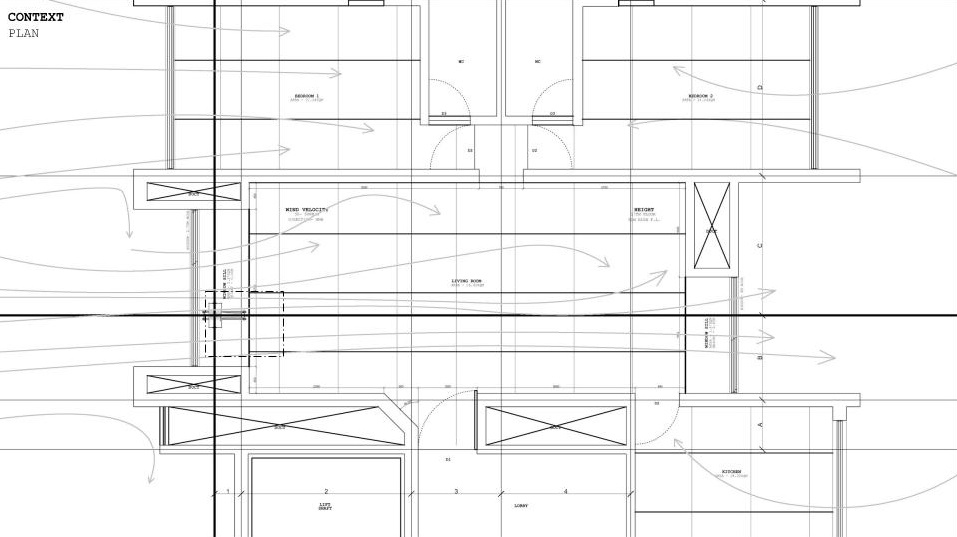
Wind, which gains velocity as it flows through an opening, causes movement in a suspended magnet, which in turn activates the array of magnets encased in the space below.
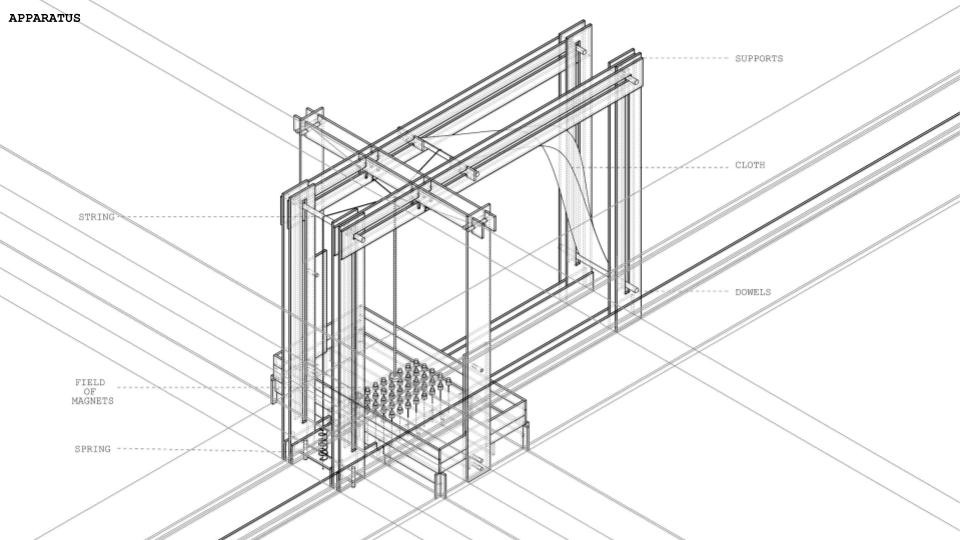
The machine consists of 3 main components, the magnet system which includes the field of magnets and a suspended magnet, the fabric sail and a spring.
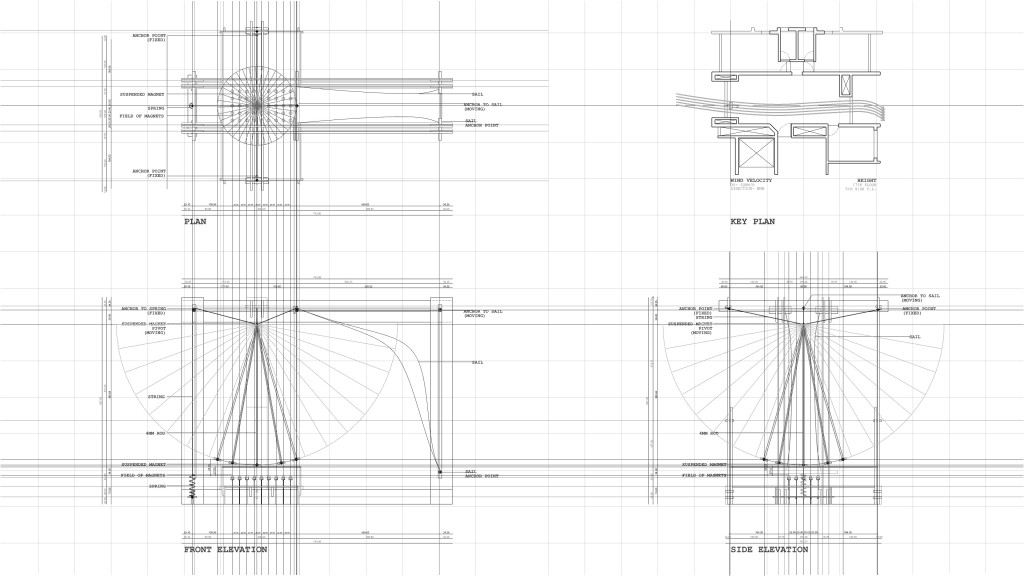
The fabric sail helps harness the wind and the rope system attached to a spring allows for a back and forth motion of the suspended magnet. This back and forth bouncing motion keeps the suspended magnet within the range of the magnetic field, thereby allowing for sustained motion.
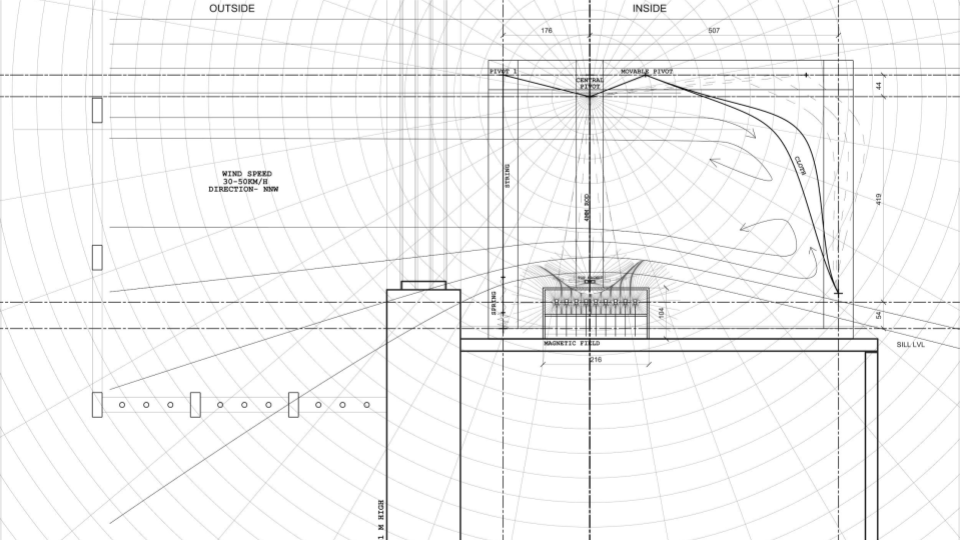
The ‘invisible’, non-contact forces of repulsion, keeps the system moving for a prolonged period, as the wind continues to act as a trigger.
FIELD OF MAGNETS
COMPUTATION
The interaction between each magnet and a suspended magnet, initiated by wind, is being illustrated in terms of transfer of energy. This simulation helps us analyze the strength and reach of the magnets, both within the field and between the field and suspended magnet. It also helps us observe the energy in joules.
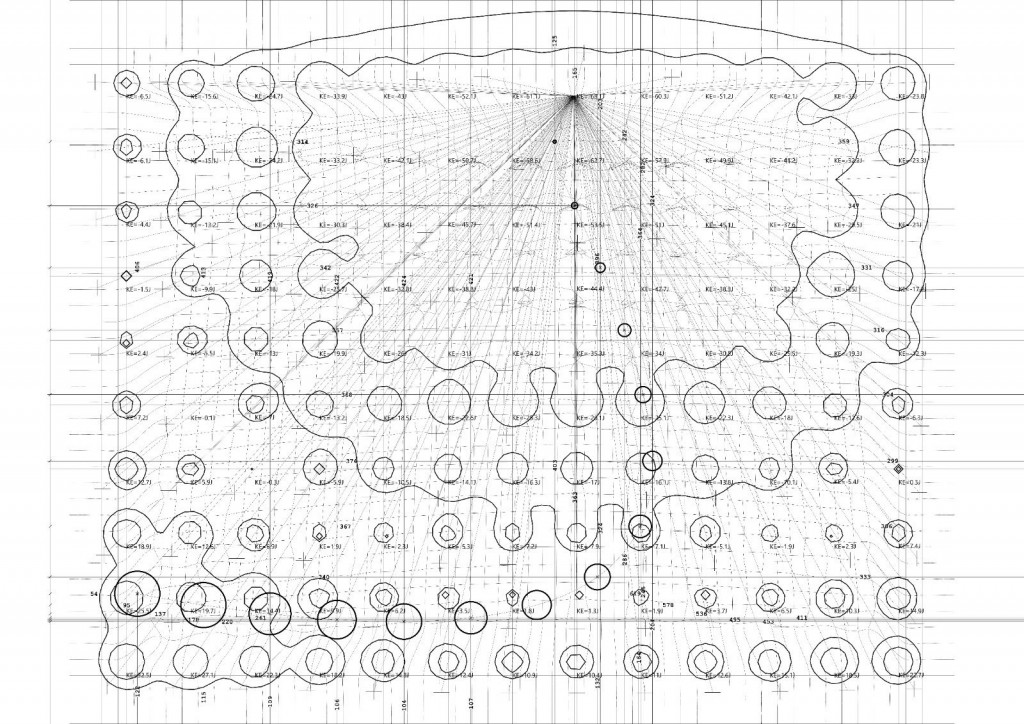
Magnetism is a project of IaaC, Institute for Advanced Architecture of Catalonia developed at MAA01 in 2019-20 by Students Aditya Ambare, Bharath Lakshmesh, Poojitha Tadshina Reddy, Swathilakshmi Rajendren, Yash Palshetkar and Faculty Edouard Cabay and Peter Geelmuyden Magnus Assistant Oana Taut
